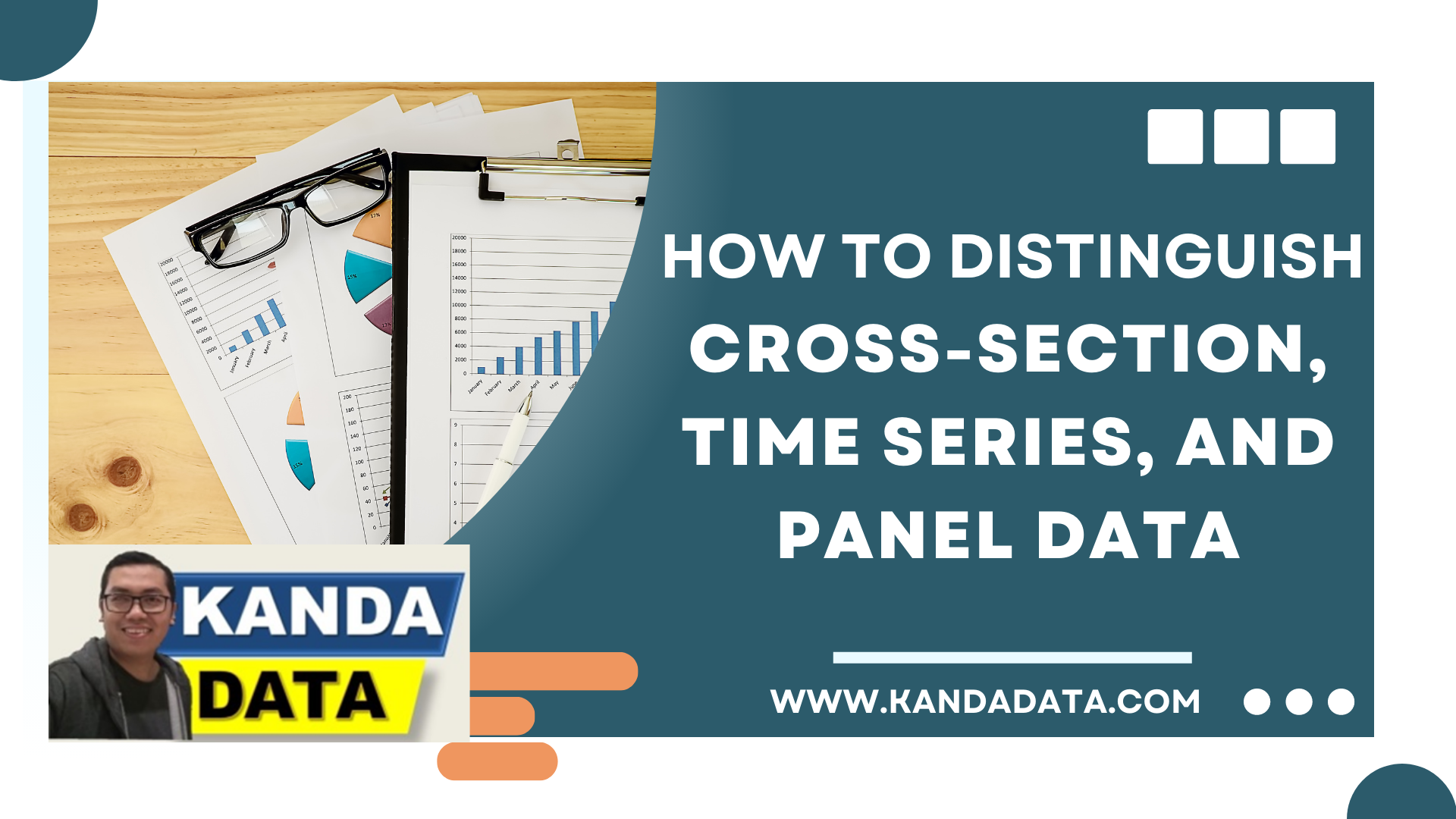Blog
How to Distinguish Cross-Section Data, Time Series Data, and Panel Data
Panel Data (Definition and Example)
Panel data is a combination of cross-section data and time series data. Thus, the panel data has the characteristics of cross-section data and the characteristics of time series data.
An example of panel data is when a researcher observes the profits of 45 companies in 2016, 2018 and 2020.
Based on this example, the researcher collected data from 45 companies, characteristic features of the cross-section data. Furthermore, the researcher collected the data in three time periods, namely 2016, 2018 and 2020, which shows the characteristics of the time series data.
Want to turn complex data into clear, impactful visuals? Check out Storytelling with Data: A Data Visualization Guide for Business Professionals here: Product.
Conclusion
The choice of analysis for cross-section, time series, and panel data needs to be adjusted to the assumption prerequisites of each data type. We can conclude that this cross-section data consists of several observation units measured at one time/period.
Time series data uses objects measured in several periods, while panel data combines cross-section and time series data.
Well, this is an article that I can write on this occasion. Hopefully useful and provide value-added knowledge for those who need it. Wait for the article update the following week. Thank you.
